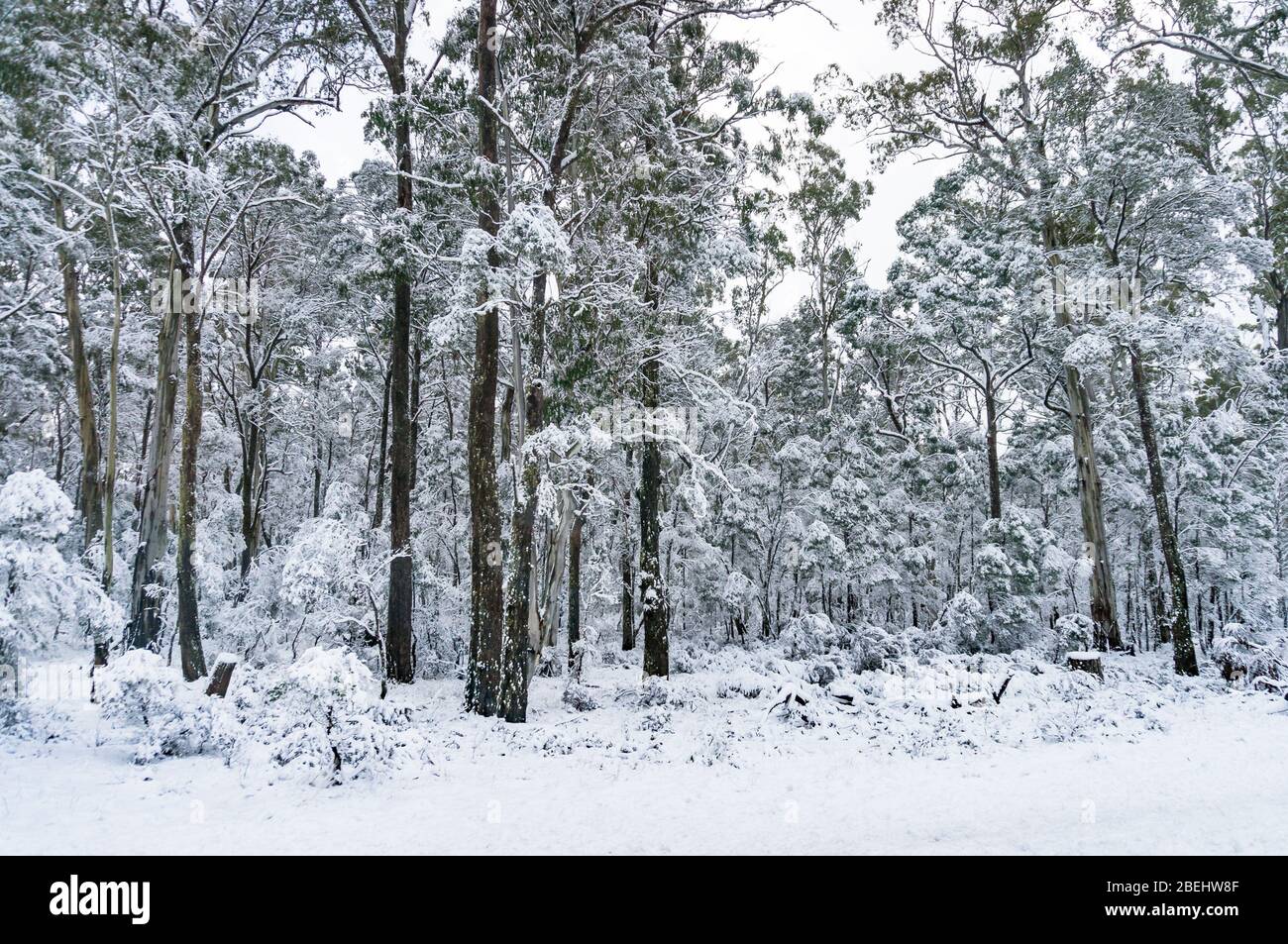Explore the Top Places to Experience Snow In Australia for a Magical Winter Getaway
Explore the Top Places to Experience Snow In Australia for a Magical Winter Getaway
Blog Article
Recognizing the Importance of Snow in Australia for Farming and Tourism
While Australia is typically associated with sun-kissed coastlines and arid outback, it likewise flaunts a wide range of snowy towering areas. As we explore this shocking intersection, the prospective influence of moving climate patterns on Australia's snowfall and its succeeding results end up being a compelling emphasis.

The Unexpected Snowfall: Australia's Alpine Regions
When wintertime cloaks the world, Australia's Alpine areas wear a white mantle of snow, a spectacle that seems almost paradoxical in this dominantly sun-baked land. In contrast to the stereotyped photo of Australia as a land of coastlines and deserts, these areas offer a shocking and stunning contrast. The Australian Alps, stretching across New South Wales, Victoria, and the Australian Capital Territory, obtain even more snowfall than Switzerland. This unexpected winter season heaven offers an unique ecosystem, offering a habitat for several indigenous varieties and a snowy play ground for winter sporting activities lovers. The annual snowfall, although not as abundant as in some nations, is an important facet of Australia's climate diversity and plays a substantial function in the country's agricultural techniques and tourism sector.
Wintertime's Bounty: Snow's Contribution to Australia's Water Resources
Regardless of its rarity in the more comprehensive landscape of Australia, snow in the Alpine regions plays a vital function in the country's water sources. This is specifically critical for Australia, a continent regularly afflicted by dry spells. Without the bounty of wintertime snow, Australia's water sources would certainly be substantially strained, affecting both the atmosphere and the population.
White Covering, Green Fields: The Impact of Snow on Australian Farming
Although less noticeable, the influence of snow on Australian agriculture is significant. Snowfall in the high nation functions as a natural form of watering, progressively melting and giving a stable water system to lower-lying farmland. This water-rich atmosphere promotes the development of durable plants, adding to the country's farming performance. In addition, snowfall enhances dirt health and wellness by introducing moisture and capturing nutrients, which are progressively released as the snow thaws. This procedure improves the dirt, cultivating the growth of healthier, more resistant crops. In addition, snow cover functions as a protective blanket, shielding the ground versus serious winter season temperatures that can or else damage plants. Therefore, the role of snow in Australian farming is both diverse and essential.

Money: Snow Tourist and Its Economic Relevance in Australia
While the value of snow advice to Australian farming is usually taken too lightly, its payment to the nation's tourism field is unquestionably considerable. The snow-laden heights of Australia's alpine regions bring in a flurry of tourists every winter, adding millions to the national economy. These site visitors participate in a variety of snow-based tasks, from snowboarding and snowboarding to snowshoeing and sledging. basics The flourishing snow tourist market has actually caused the development of numerous work, from ski trainers to hotel team, bolstering neighborhood economic situations in the process. Furthermore, the profits produced from snow tourism aids fund various framework jobs and necessary solutions in these regions - Does It Snow In Australia. Hence, the economic significance of snow tourist in Australia extends far past the slopes.
Future Projection: Climate Adjustment and Its Prospective Impacts on Australia's Snowfall
As the globe grapples with the reality of climate change, so also must Australia contemplate its prospective results on the nation's snowfall. Existing scientific models anticipate a reduction in Australian snowfall, with possibly extreme effect on both farming and tourist. In some locations, the snow period can be reduced by up to 80 days by 2050. Such changes intimidate the stability of Australia's ski industry, which contributes significantly to the local economy. Less snowfall can additionally influence the nation's agricultural industry, as snowmelt plays a crucial duty in sprinkling plants. The prospective impacts of these adjustments underline the urgency of environment adjustment reduction efforts, top article both in Australia and worldwide.
Conclusion
Finally, snow is a crucial component of Australia's farming and tourist sectors. It not just nourishes the country's farming landscape however also fuels its winter season tourist market. However, the looming risk of climate adjustment increases issues about the future of Australia's snowfall patterns, potentially disrupting these significant financial markets. Understanding and addressing these obstacles is important for the sustainability of Australia's economy and environment.

When winter season capes the world, Australia's Alpine areas don a white mantle of snow, a spectacle that seems practically paradoxical in this dominantly sun-baked land.Regardless of its rarity in the broader landscape of Australia, snow in the Alpine areas plays an essential function in the country's water resources. Without the bounty of winter months snow, Australia's water resources would be substantially stressed, influencing both the environment and the population.
Therefore, the financial value of snow tourism in Australia expands far beyond the slopes.
In final thought, snow is a crucial element of Australia's agricultural and tourism sectors. Does It Snow In Australia.
Report this page